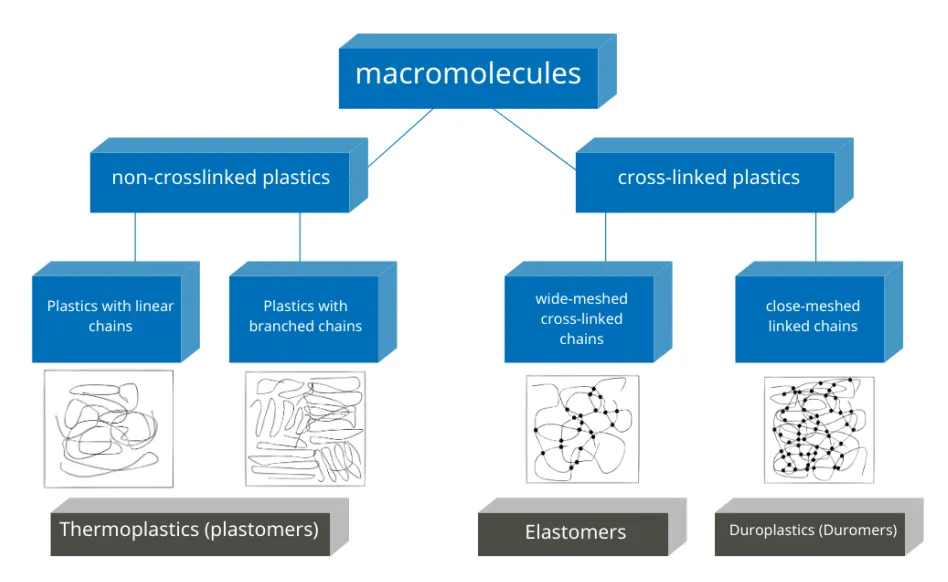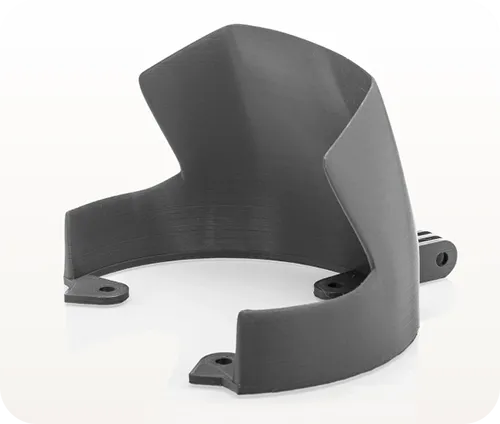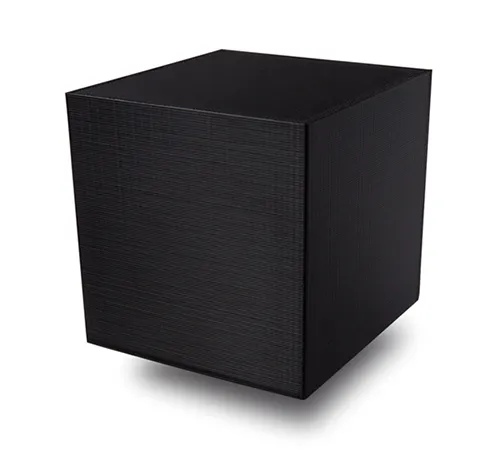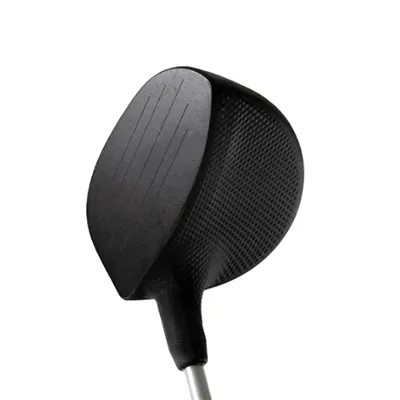
ABS, PLA, PA11, PA12, ASA, PP, TPU, Accura Xtreme, PEEK, ULTEM – Do you know what these mean? If yes, then you are well informed! If not, don’t worry; in this article, we shed light on these materials and explain how they relate to different 3D printing processes like Laser Sintering, Fused Deposition Modeling (FDM), Fused Filament Fabrication (FFF), or Multi Jet Fusion.

Types of Plastics Thermoplastics 3D Printing of Amorphous Thermoplastics 3D Printing of Semi-Crystalline Thermoplastics 3D Printing of Thermosetting Plastics
Foundation – Types of Plastics
To understand how plastics are processed in 3D printing, one must first get to know the different types of plastics.
Plastics are classified into thermoplastics, thermosetting plastics, and elastomers. The latter currently play a subordinate role in additive manufacturing. Thermoplastics and thermosetting plastics account for about 75 percent and approximately 25 percent (Wohlers Report 2022), respectively, of the additive manufacturing market.
Overview of molecular structures of plastics
Thermoplastics become soft when heated and harden again when cooled. These processes can be repeated. Thermoplastics have unconnected molecular chains that mostly lie parallel to each other. Instead of being held together by chemical bonds, these chains are connected by intermolecular forces, also known as Van der Waals forces. When a large amount of energy, such as heat, is supplied, these chains can easily slide against each other. This makes the plastic malleable, and with further heating, it begins to decompose. Thus, thermoplastics can be recycled by melting and reshaping them.
Thermoplastics used in 3D printing include Polyamide with a market share of almost 50 percent of all 3D-printed plastics (Wohlers 2022), followed by well-known polymers like ABS (Acrylonitrile Butadiene Styrene), PLA (Polylactide, also simplified as “Polylactic Acid”), or PP (Polypropylene).
Thermosetting plastics, on the other hand, can be molded only once and cannot be liquefied or reformed afterward. Due to their chemical structure, they are not easily recyclable. When heated, they tend to decompose and burn rather than go through a recycling process. This is because thermosetting plastics have a dense network of chemical bonds called “cross-linking,” which makes their structure permanent and heat-resistant. Thermosetting plastics are sometimes (not entirely accurately) referred to as “synthetic resins.” Examples of thermosetting plastics include epoxy resins and many polyurethanes.
Types of Plastics Thermoplastics 3D Printing of Amorphous Thermoplastics 3D Printing of Semi-Crystalline Thermoplastics 3D Printing of Thermosetting Plastics
Thermoplastics
Thermoplastics – Differentiation based on Molecular Structure
Thermoplastics are typically divided into two main classes: amorphous and semi-crystalline. This classification refers to the arrangement of polymers at the microscopic level, and certain 3D printing processes deliberately exploit these different properties.
Amorphous thermoplastics have a random, disordered structure, which makes them relatively transparent and gives them lower chemical resistance and lower heat deformation resistance compared to semi-crystalline thermoplastics. They do not have a defined melting point. At certain temperatures, they transition from a rigid to a flexible state, as their molecular chains start to move (this is called the “glass transition temperature”). However, the plastic does not immediately turn into a liquid; this happens only as the temperature increases further.
Semi-crystalline thermoplastics have both ordered (crystalline) and disordered (amorphous) regions in their structure. They are usually opaque and have higher chemical resistance and higher heat deformation resistance than amorphous thermoplastics. These plastics also change shape at certain temperatures, but this applies only to the disordered (amorphous) parts. Often, this temperature is lower than the melting point. Therefore, these plastics can be both rigid and flexible between these two temperatures. They are known for bending without breaking, which is referred to as “ductile.” Semi-crystalline thermoplastics usually have a defined melting point.
There are also elastomers, a subclass of thermoplastics, also known as thermoplastic elastomers (TPEs). These materials combine the elastic properties of rubber with the processability of thermoplastics, which means they can stretch and deform like rubber but can also be molded and recycled like other thermoplastics.
Thermoplastics – Differentiation based on Applications
Comparison of thermoplastics

COMPARISON OF HIGH-PERFORMANCE PLASTICS
Thermoplastics can also be divided based on performance, as shown in the figure known as the polymer pyramid.
Standard thermoplastics like ABS or polypropylene are versatile and easy to process. They are suitable for products that do not require high-performance characteristics, such as packaging and toys.
Technical thermoplastics like PA (polyamide) and PC (polycarbonate) offer more strength and stiffness than standard thermoplastics but are less resistant than high-performance thermoplastics. They are ideal for applications that require increased resistance but not necessarily extreme hardness or heat resistance.
High-performance thermoplastics like PEEK are characterized by high heat and mechanical resistance. They are used in demanding fields such as the automotive, electronics, and aerospace industries.
Types of Plastics Thermoplastics 3D Printing of Amorphous Thermoplastics 3D Printing of Semi-Crystalline Thermoplastics 3D Printing of Thermosetting Plastics
3D Printing of Amorphous Thermoplastics
The most important technology for 3D printing amorphous thermoplastics is the Fused Deposition Modeling (FDM) or Fused Filament Fabrication (FFF) process, also simply referred to as Fused Layer Modeling. In this process, a filament is heated in a nozzle and deposited layer by layer. Increasingly, it is also possible to use granulates instead of filaments.
Examples of polymers used in the FDM process:
PLA: Polylactide (PLA) is a biodegradable thermoplastic made from renewable resources such as corn starch or sugarcane. Due to its good workability and biodegradability, it is used in 3D printing, especially in the private sector. However, it is generally not suitable for industrial applications in terms of mechanical and thermal resistance.
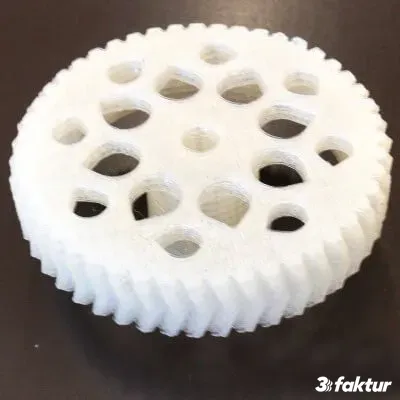
ABS: Acrylonitrile Butadiene Styrene (ABS) is a strong and flexible thermoplastic polymer used in various fields such as automotive, electronics, and toy industries (e.g., LEGO bricks, Playmobil figures). It is popular in 3D printing due to its high strength, heat resistance, and ease of processing.
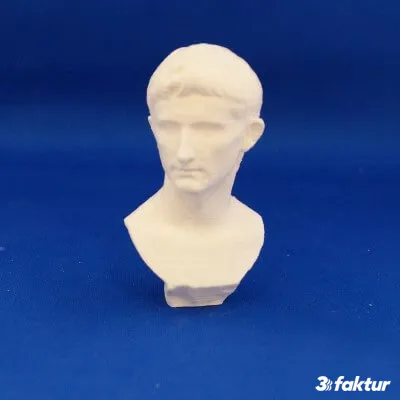
ASA: Acrylonitrile Styrene Acrylate (ASA) is a thermoplastic polymer that shares similarities with ABS in terms of high strength and flexibility but additionally exhibits excellent UV and weather resistance. It is often used in applications requiring prolonged exposure to weather conditions, such as in the automotive and construction industries. Compared to ABS, it is usually somewhat more expensive, limiting its use to areas where weather resistance is crucial.

PETG: Polyethylene Terephthalate Glycol (PETG) is a thermoplastic polymer known for its excellent printability, transparency, and chemical resistance.
ABS/PC: ABS/PC is a material blend of Acrylonitrile Butadiene Styrene (ABS) and Polycarbonate (PC), combining the advantages of both materials. It offers the high strength and easy processability of ABS along with the increased heat resistance and impact resistance of PC. It is often used in demanding applications in the automotive and electronics industries.
ULTEM: ULTEM, also known as Polyetherimide (PEI), is a high-performance thermoplastic with high heat resistance, excellent mechanical strength, good chemical resistance, low flammability, and toxicity. It is commonly used in demanding applications in aerospace, medical technology, and electronics industries.
PEEK: Polyetheretherketone (PEEK) is a high-performance thermoplastic known for its extremely high temperature resistance, mechanical strength, and chemical resistance. This material withstands heat and abrasion and can serve as a replacement for certain metals due to its weight-to-strength ratio. PEEK is also used in (highly) demanding environments.
Types of Plastics Thermoplastics 3D Printing of Amorphous Thermoplastics 3D Printing of Semi-Crystalline Thermoplastics 3D Printing of Thermosetting Plastics
3D Printing of Semi-Crystalline Thermoplastics
Semi-crystalline thermoplastics can be processed as powders. Specifically, this is done in 3D printing using the Selective Laser Sintering (SLS) or Multi Jet Fusion (MJF) process, which 3Faktur specializes in.
In SLS and MJF, the so-called powder bed processes are used. In this process, a closed layer of powder is applied, and it is melted at the desired locations. In laser sintering, this is done using a laser, while the Multi Jet Fusion process uses infrared light. However, this process only works at high process temperatures, just a few °C (correct Kelvin) below the melting point. Therefore, only semi-crystalline polymers are suitable for this process class, as amorphous polymers reach their glass transition temperature at such temperatures. This would result in the material fusing together, making it impossible to separate the remaining material from the desired component.
Semi-crystalline polymers can also be processed using the Fused Deposition Modeling (FDM) process. However, the performance of powder bed processes is generally higher, which is why Polyamide, especially PA 12, is predominantly used as a powder.
Typical polymers for powder bed processes:
Polyamide: PA is often used in industrial applications due to its high mechanical strength, abrasion resistance, and chemical resistance. It is the most processed polymer in 3D printing. There are several types of Polyamide, such as PA 12, PA 11, and PA 6. The most popular polymer in additive manufacturing is Polyamide 12, an industrial plastic with excellent thermal and mechanical properties and a wide range of industrial applications. PA 11 is more flexible, usually slightly more expensive, and finds applications in areas such as orthotics. PA 6, on the other hand, requires higher process temperatures and is therefore often processed using the FDM process, although some laser sintering systems are capable of processing this material as well.

TPU: Thermoplastic Polyurethane (TPU) is a versatile thermoplastic elastomer that offers high flexibility, abrasion resistance, and impact resistance. 3D printed TPU is commonly used in medical applications (e.g., orthotics) and industrial applications (e.g., protective covers, damping, bellows).
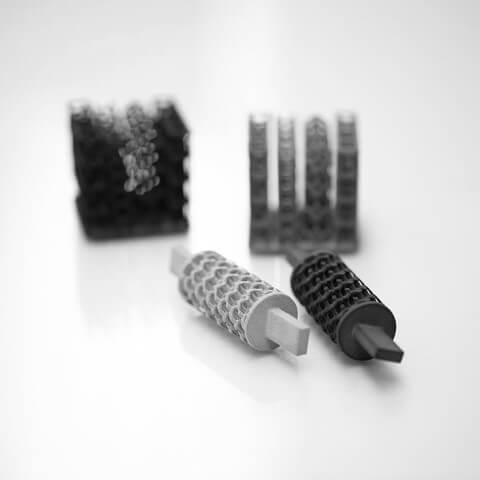
PP: Polypropylene (PP) is a lightweight, heat-resistant, and chemically resistant thermoplastic polymer. It is used in a wide range of applications, including packaging, textiles, automotive parts, and household appliances. The PP processed in powder bed 3D printing differs significantly from injection-molded PP and is less flexible. It is used less for typical PP applications like film hinges and is primarily used in 3D printing due to its high chemical resistance.
Types of Plastics Thermoplastics 3D Printing of Amorphous Thermoplastics 3D Printing of Semi-Crystalline Thermoplastics 3D Printing of Thermosetting Plastics
3D Printing of Thermosetting Plastics
Thermosetting plastics are made from liquid starting materials. In 3D printing, primarily photopolymers are used. These are light-sensitive plastics that change their properties under the influence of light, typically ultraviolet light. Key processes in this class are Stereolithography (SLA), Digital Light Processing (DLP), and Material Jetting (e.g., “Polyjet” by Stratasys), where UV light is used to transform the liquid resin form of the photopolymer into a solid state. There are several 3D printing methods for processing photopolymers.
Epoxides: Epoxy resins are the most commonly used material group in Stereolithography. This synthetic resin, with good electrical insulating properties and high heat resistance, is also referred to as a reaction resin. Thanks to its product properties, such as variable flexibility, low sensitivity to impact, high dimensional accuracy of end products, and high chemical resistance, the photopolymer is suitable for the production of complex, detailed prototypes that can also withstand initial functional tests. A famous material in this area is, for example, Accura Xtreme (3D Systems), which is widely used in the creation of prototypes.
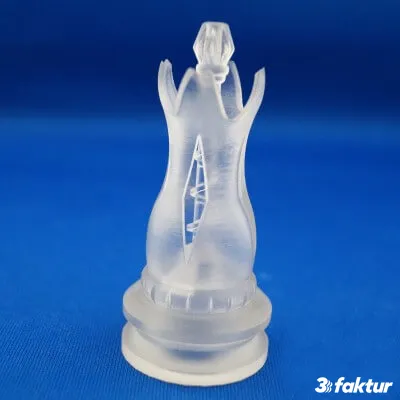
Epoxides are also used in the DLP process. However, DLP also uses other material classes, such as
Acrylates: These resins are based on acrylate monomers and offer a good combination of strength, precision, and detail accuracy. They are often used for general applications in prototyping. Acrylates are also used in material jetting processes, such as Polyjet. In the Polyjet process, multiple different acrylates can be used simultaneously, creating multi-material prototypes.
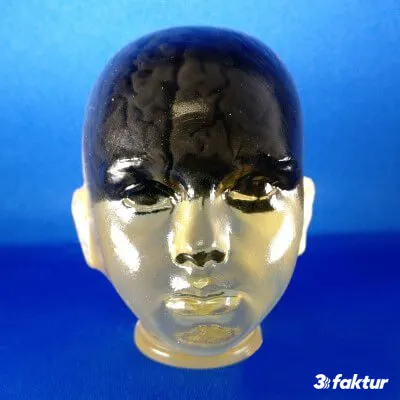
Polyurethanes: These resins are based on polyurethanes and offer good flexibility and elasticity. They are often used for applications where a certain level of flexibility is required, such as in medical technology or the dental industry.
Overall, the range of materials for thermosetting plastics is extensive and characterized by brand names. For more information about the materials, it is best to directly consult the material manufacturers, such as
Henkel, Evonik, BASF
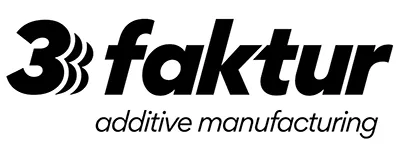
3Faktur is a 3D printing service provider specializing in the additive manufacturing of industrial plastic components. The company specializes in the Multi Jet Fusion process and produces up to 5,000 additive series components per week for mechanical engineering, the automotive industry, medical technology, and the high-tech sector. Learn more about our 3D Printing service.
